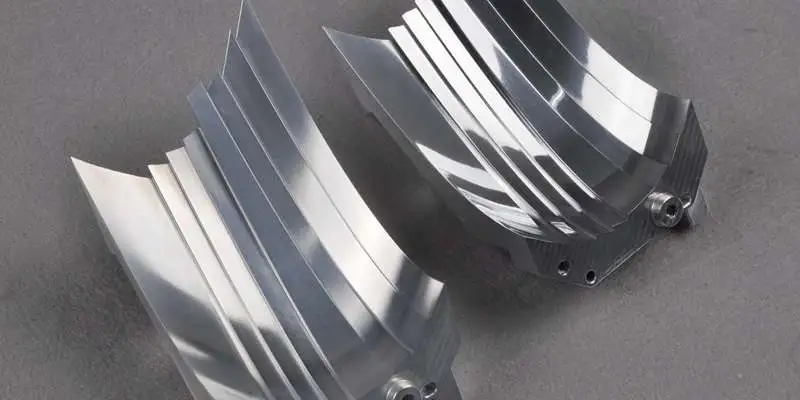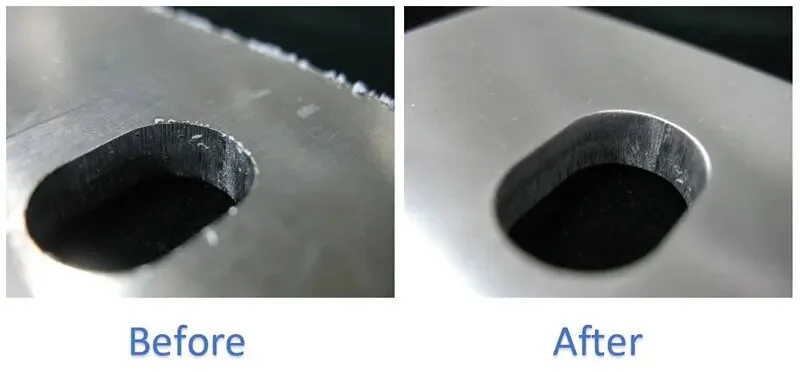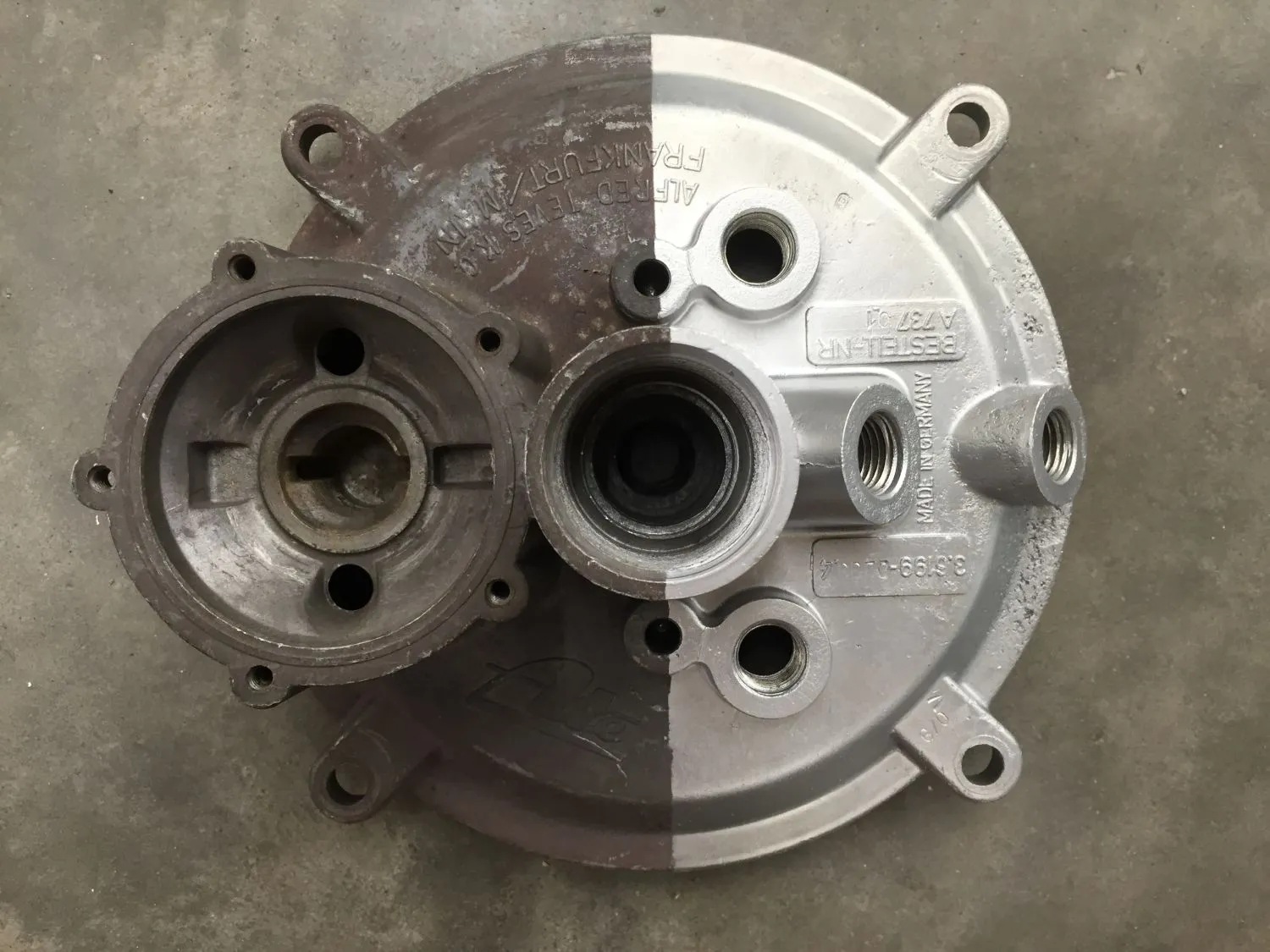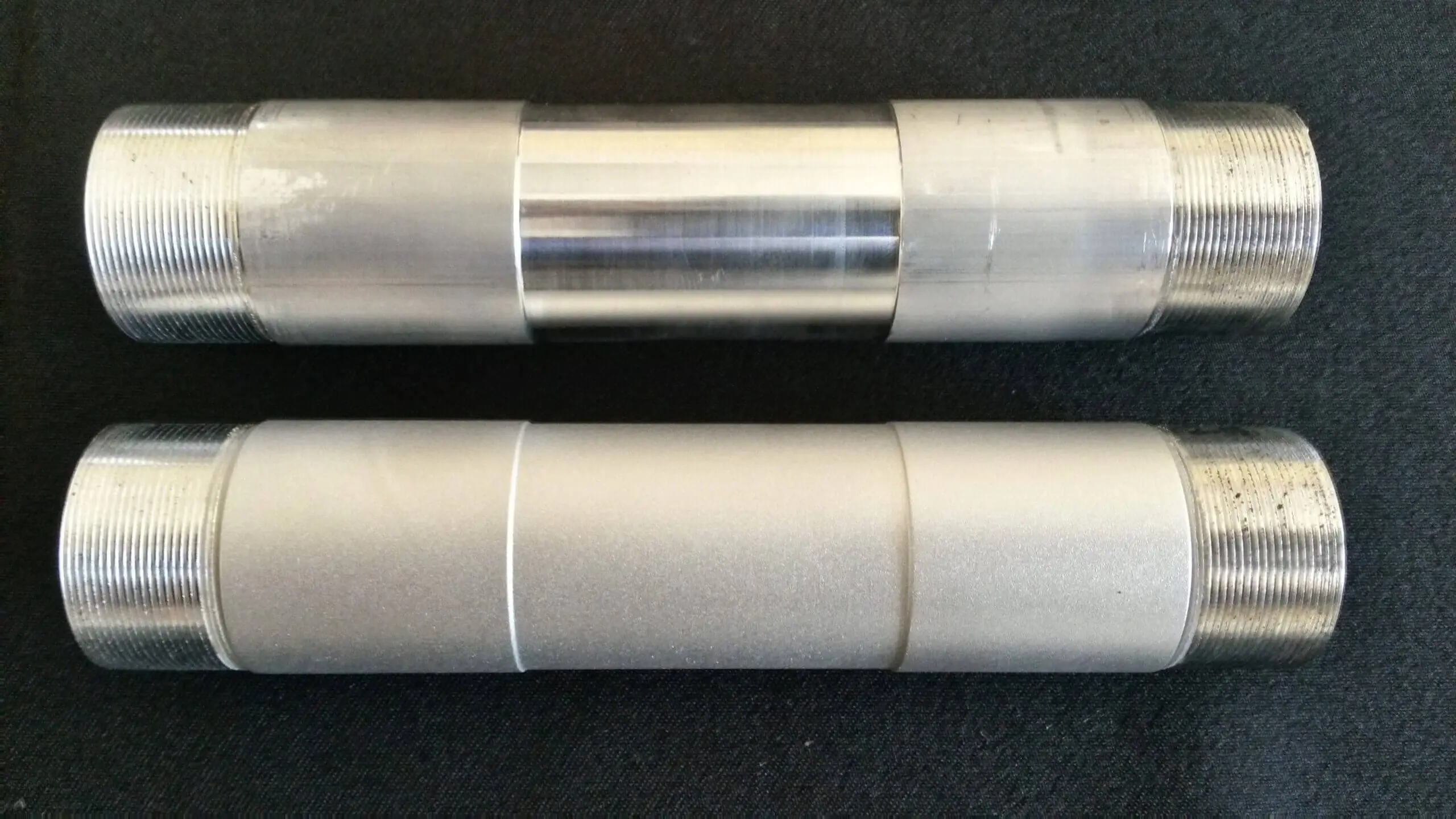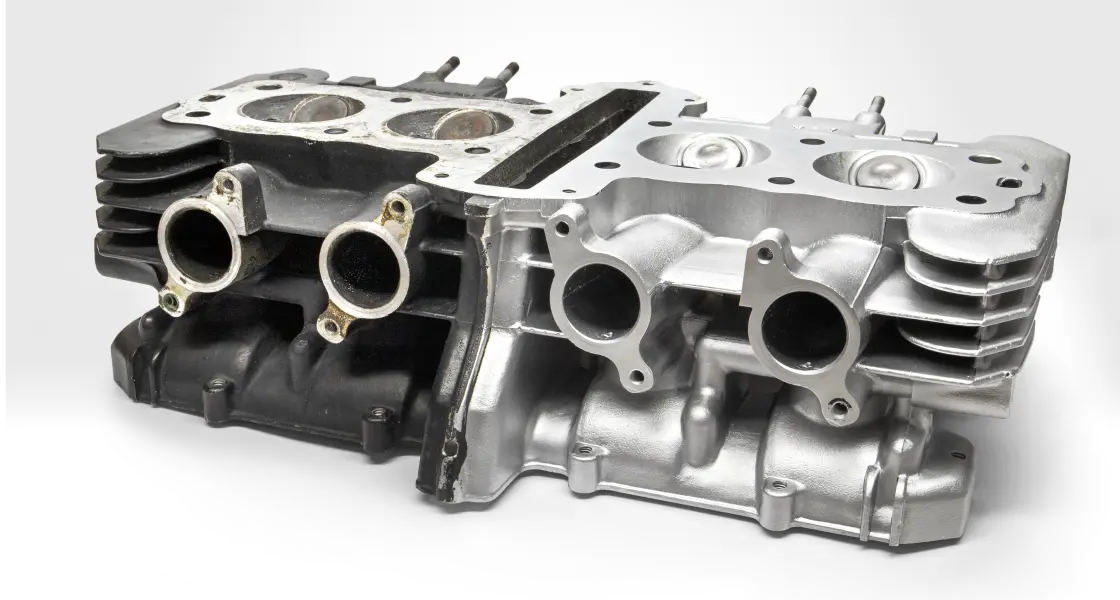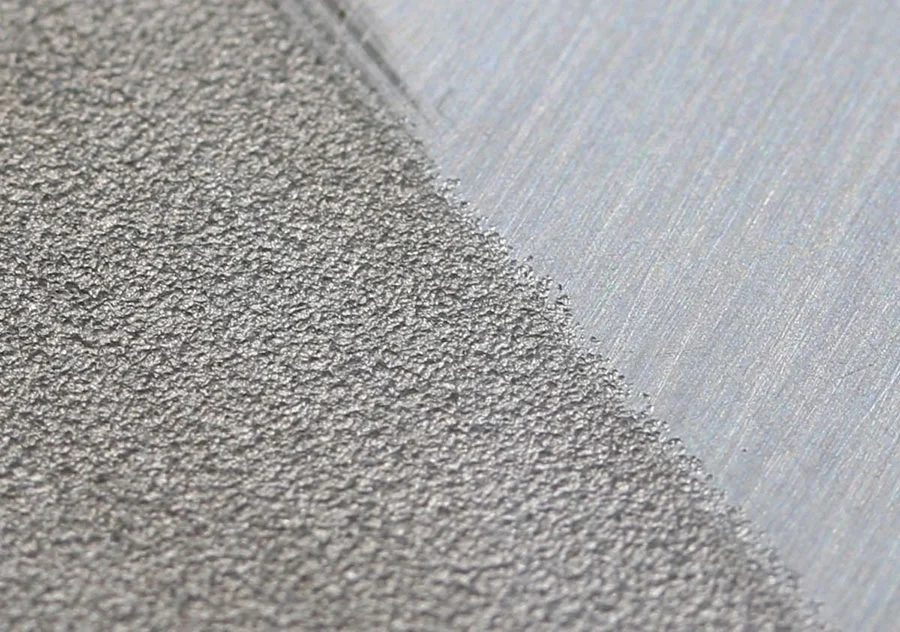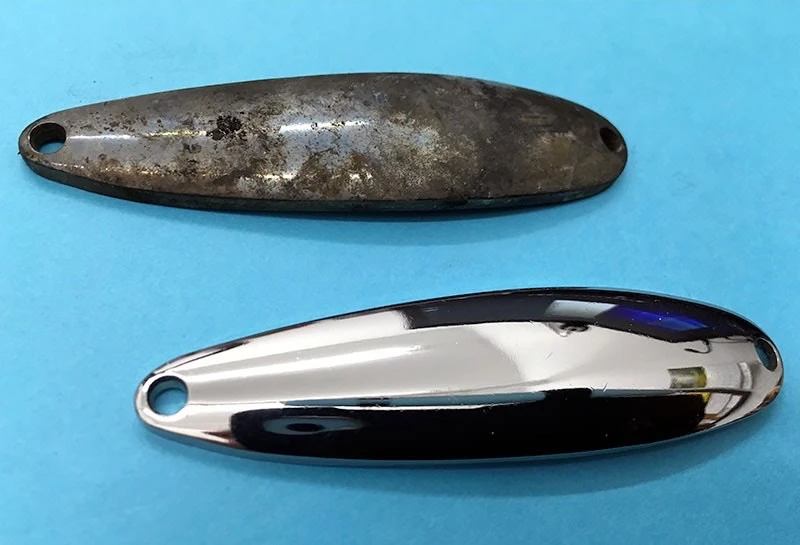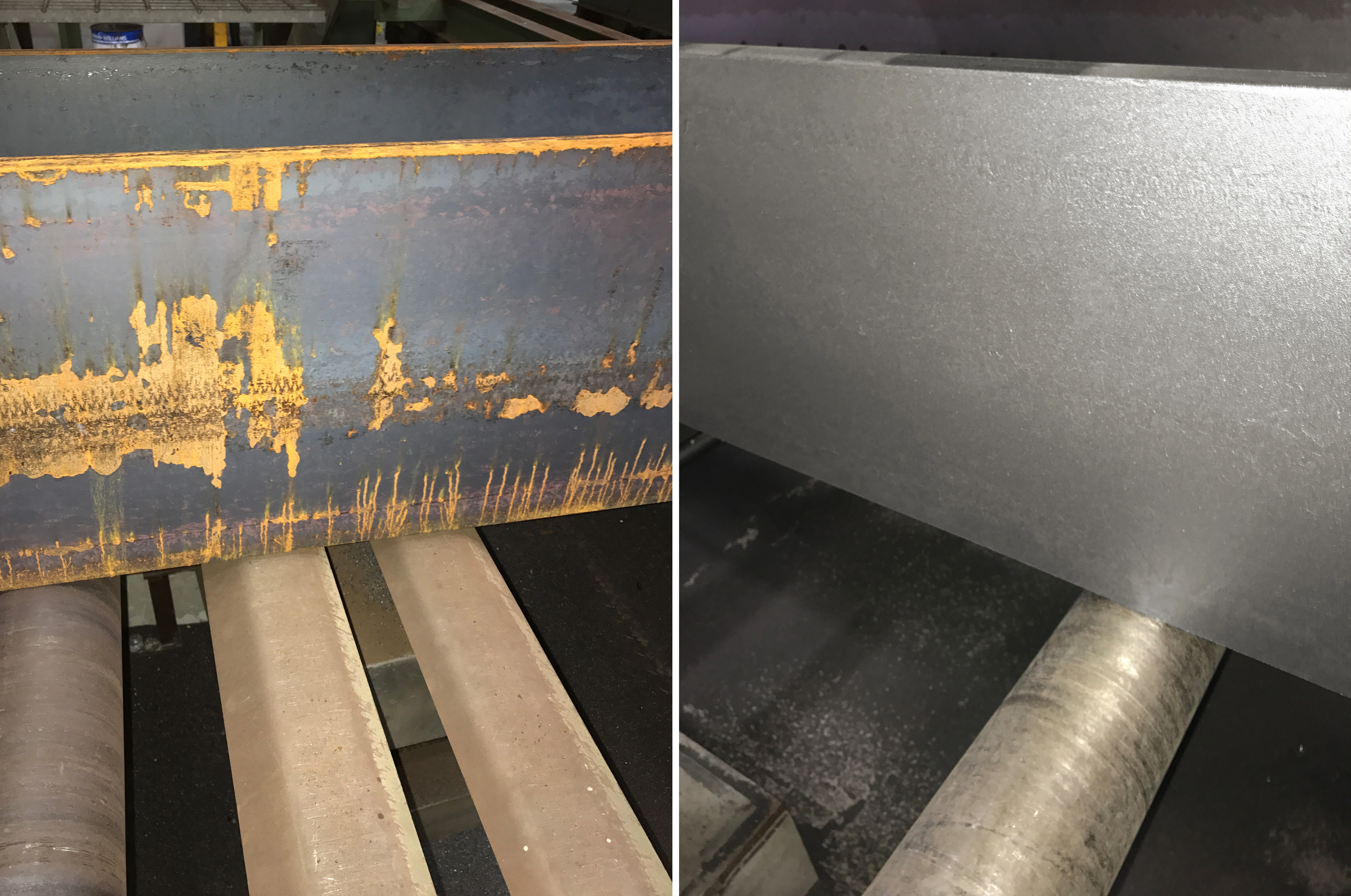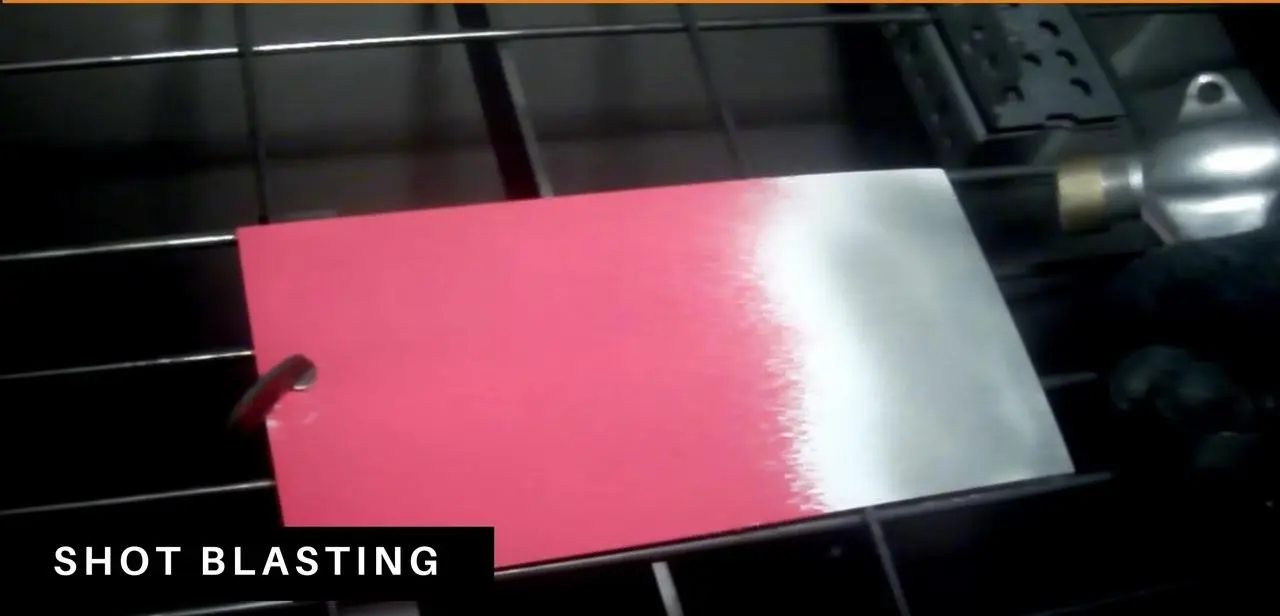-
Products
Shot Blasting Machine H Beam Shot Blasting Machine Steel Plate Shot Blasting Machine Hanger Type Shot Blasting Machine Tumble Belt Shot Blasting Machine Mesh Belt Shot Blasting Machine Gas Cylinder Shot Blasting Machine Steel Cylinder Shot Blasting Machine Steel Structure Shot Blasting Machine Rotary Table Shot Blasting Machine Floor Shot Blaster Preservation Lines Pipe Shot Blasting Machine Overhead Rail Shot Blasting Machine Wire Rod Shot Blasting Machine Rotary Barrel Shot Blasting Machine Shot Peening Machine
- Finishing Process
- Industries
- Company
- Support
- News
- Contact Us
 English
English
